How Did the Opioid Epidemic Start?
The blame for the Great American Opioid Epidemic cannot be attributed to a single cause, rather its blame can be placed on a series of mistakes, oversights, bad decisions, and even corruption. These series of issues happened in nearly every state – at state, federal, and corporate-executive levels – and over multiple fields within the medical communities.
Opioid Epidemic: Doctors Overprescribing Opioids and Painkillers
Most can agree that a critical factor in the rapid growth of the opioid epidemic was simply the over-prescription of potentially addictive and dangerous opioid-based prescription painkillers. Beginning in the early 1990s, doctors began prescribing more opioid-based prescriptions for a number of ailments, primarily chronic pain issues.
[click_to_tweet tweet=”Why would doctors prescribe more opioid drugs that are potentially addictive for ailments where other alternative forms of pain management could be used? Because they were told to.” quote=”Why would doctors prescribe more opioid drugs that are potentially addictive for ailments where other alternative forms of pain management could be used? Because they were told to.” theme=”style7″]
Pharmaceutical companies often utilize drug marketing for their products. These marketing efforts are based off of sales needs, rather than Hippocratic devotion to patients. This means that regardless of whether or not it was the right thing to do for the patient’s overall needs, pharmaceutical marketing encouraged doctors to prescribe more drugs to more patients for more reasons.
In the case of opioid painkillers like OxyContin, drug makers engaged in a marketing campaign to downplay the risk of addiction with time-released formulas, overplayed the need for patient comfort, and even incentivized higher prescription rates. These tactics were not only morally and ethically incorrect, but some of the tactics have now been found to be criminal in their approaches.

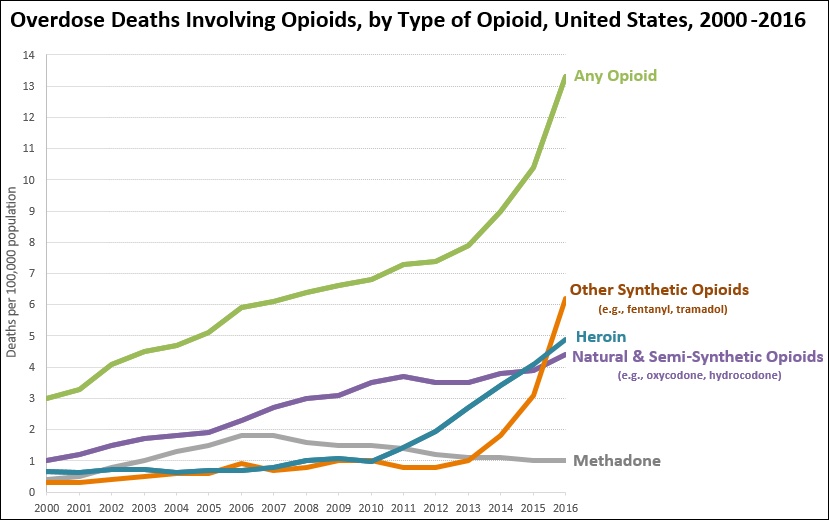
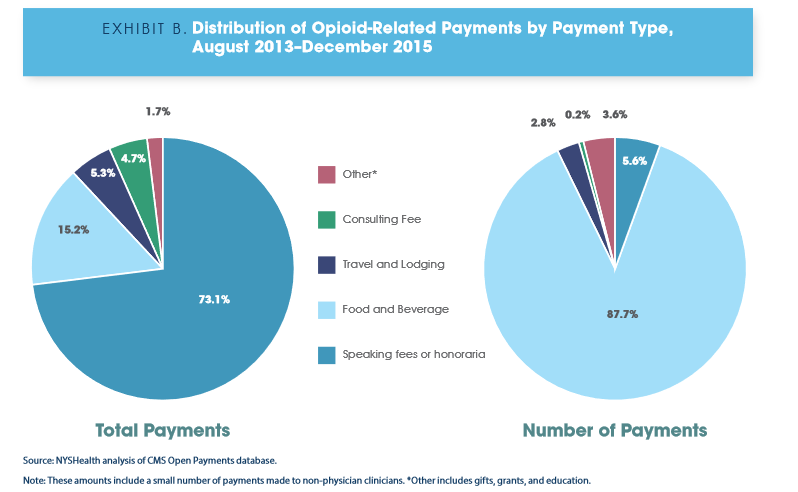
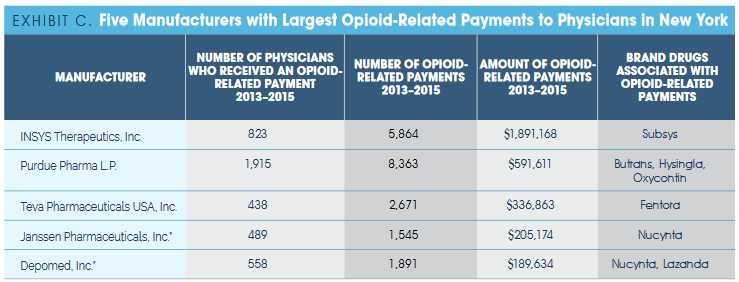
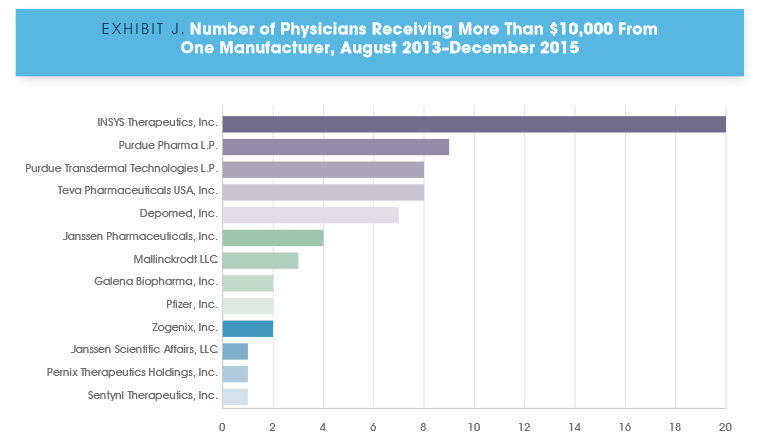


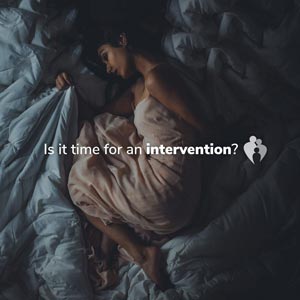





 All Rights Reserved |
All Rights Reserved |